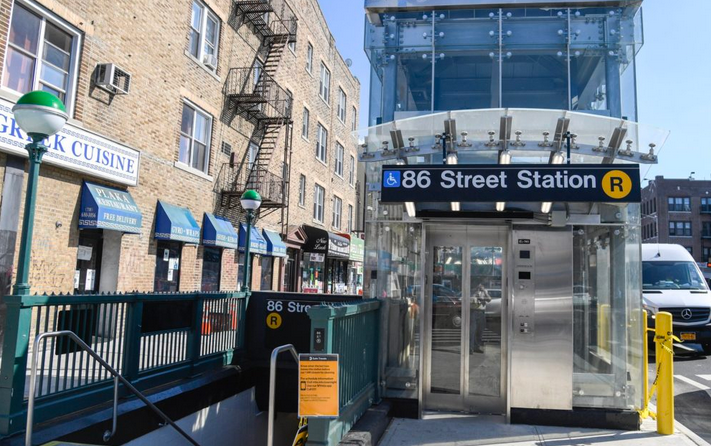MTA commits to making 95% of subway stations disabled-accessible
For years, disabled advocates pressured MTA for faster pace

This elevator opened at the 86th Street R-train station in Bay Ridge in July 2020 after years of waiting. MTA photo by Marc Hermann
“We could have installed elevators for the disabled in 10 or 12 subway stations with what we spent on those color ‘light shows’ on the Kosciuszko Bridge,” said a longtime MTA employee, criticizing former Gov. Andrew Cuomo.
Apparently, many people agree with these sentiments, as Gov. Kathy Hochul on Wednesday announced that the MTA and accessibility advocates reached a class-action settlement agreement that commits the transit agency to add elevators or ramps to provide a “stair-free path of travel” at 95 percent of the currently inaccessibly subway stations by 2055.
The agreement, which was a settlement resulting from several class-action lawsuits, still needs court approval.